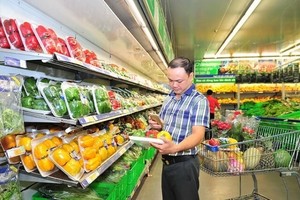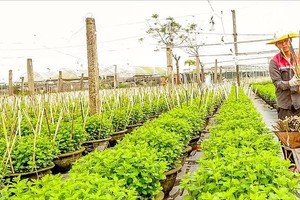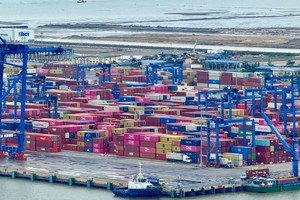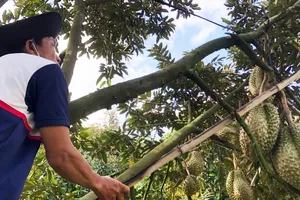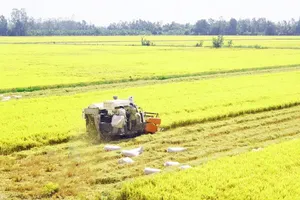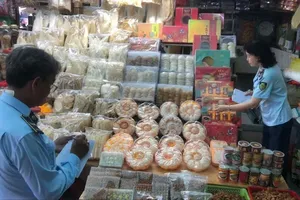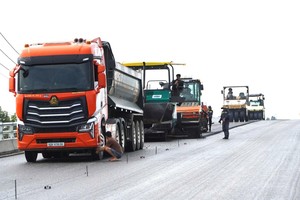Durian and cashew are two key agricultural crops in the Central Highlands Province of Gia Lai. However, many localities are currently experiencing widespread durian fruit drop and significant cashew crop failures, severely impacting farmers' livelihoods and incomes.
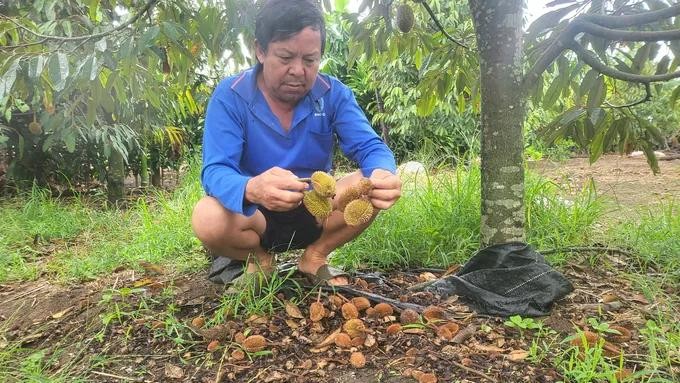
In Ia Ba Commune of Ia Grai District, many durian orchards are facing poor fruit yield despite healthy tree growth. According to farmer Mai Cong Quyen from Chu Hau 6 Village, his family cultivates 200 durian trees including 40 trees that are seven years old. However, the fruit drop rate has reached as high as 60 percent with many branches left bare and fallen fruits scattered around the base of the trees.
Similarly, farmer Do Van Trao in Chu Hau 6 Village in Ia Ba Commune moaned that his 100-tree durian garden has been growing for five years and has started bearing fruit, but the yield is disappointingly low. Last month, the trees were covered in blossoms, raising hopes for a promising harvest. However, much to his family's dismay, the young fruits began falling one after another. Now, with nearly all the fruits gone, each tree is expected to produce only about five durians at harvest time.
Head Phan Dinh Tham of the Division of Agriculture and Environment of Ia Grai said that the district has about 400 hectares of durian, which is currently in the fruiting stage. Staff of the division conducted a check finding that many gardens have a young fruit loss rate of up to 30 percent–40 percent. He pointed out that the culprits are malnutrition, heat shock, and unpleasant weather.
In Chu Prong District, which cultivates approximately 1,200 hectares of durian, premature fruit drop is a common issue. According to the Chu Prong District Party Committee, the loss rate ranges from 20 percent to 30 percent, significantly impacting overall crop yields.
Deputy Director Phan Viet Ha of the Central Highlands Agricultural and Forestry Science and Technology Institute attributed the durian fruit loss to unusually heavy rainfall following the fruit-setting stage. He advises farmers to enhance tree care by applying proper fertilization and ensuring sufficient irrigation to strengthen plant resistance.
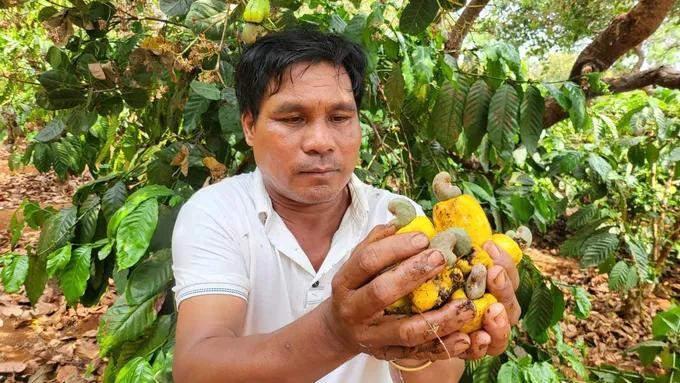
Gia Lai Province currently has over 20,000 hectares of cashew under cultivation; however, this year has seen widespread crop failure, further affecting the region’s agricultural output.
Farmer Ro Cham Xet in Ia Der Commune of Ia Grai District is currently harvesting cashews from his two-hectare farm, but yields have dropped by 50 percent-70 percent. This marks the third consecutive year of poor harvests for his cashew garden.
Similarly, in Ia O Commune—Ia Grai District’s primary cashew-growing area spanning 1,225 hectares—cashew production has declined by 50 percent. In some areas, farmers have no fruit to harvest at all. Secretary Ksor Tuy of the Commune Party Committee shared that his family cultivates three hectares of cashew, which generated an income of VND100 million (US$3,850) last year. However, despite diligent care, the trees produced no fruit this season, resulting in a complete loss of income.
Nguyen Quoc Tu, an official from Duc Co District, said that the cashew area in the agricultural land planning is 12,000 hectares. He added that this year’s cashew crop has suffered significant losses compared to previous seasons, with an estimated average yield reduction of 30 percent. In some areas, entire harvests have been wiped out, leaving many households in crisis.
Chu Prong District has been particularly affected, with Secretary of the District Party Committee Dinh Van Dung reporting that cashew crops have failed for three consecutive years. This season has been especially severe, as frost and rain arrived just as the cashew trees were flowering, resulting in an exceptionally low fruit set rate and a 70 -percent drop in yield. Many farmers are now considering switching to alternative crops.
Deputy Director Phan Viet Ha of the Central Highlands Agricultural and Forestry Science Institute issued a warning that the widespread durian fruit loss and repeated cashew crop failures highlight serious concerns about climate change and the long-term sustainability of agricultural practices in the region.
According to him, to mitigate the impact of climate change, local authorities must provide farmers with guidance on effective tree care strategies. This includes promoting intercropping, ensuring adequate watering, and applying proper fertilization to maintain healthy gardens. Additionally, research and support are essential in helping farmers transition to more suitable crops, ensuring long-term stability and sustainable agricultural production.
